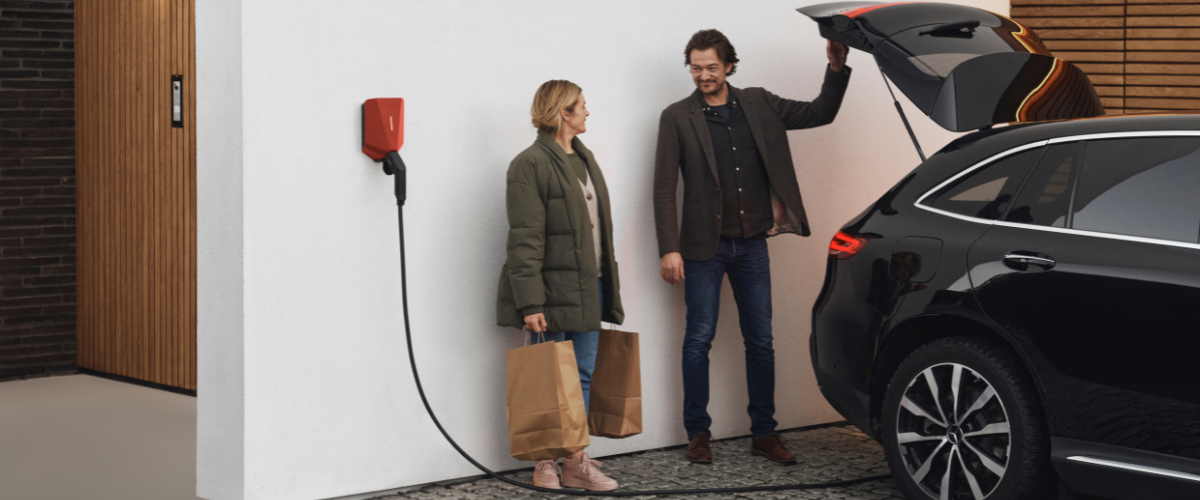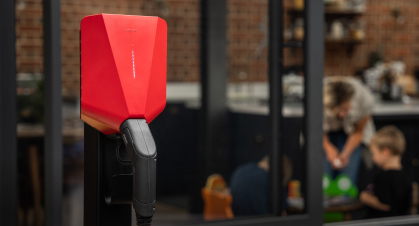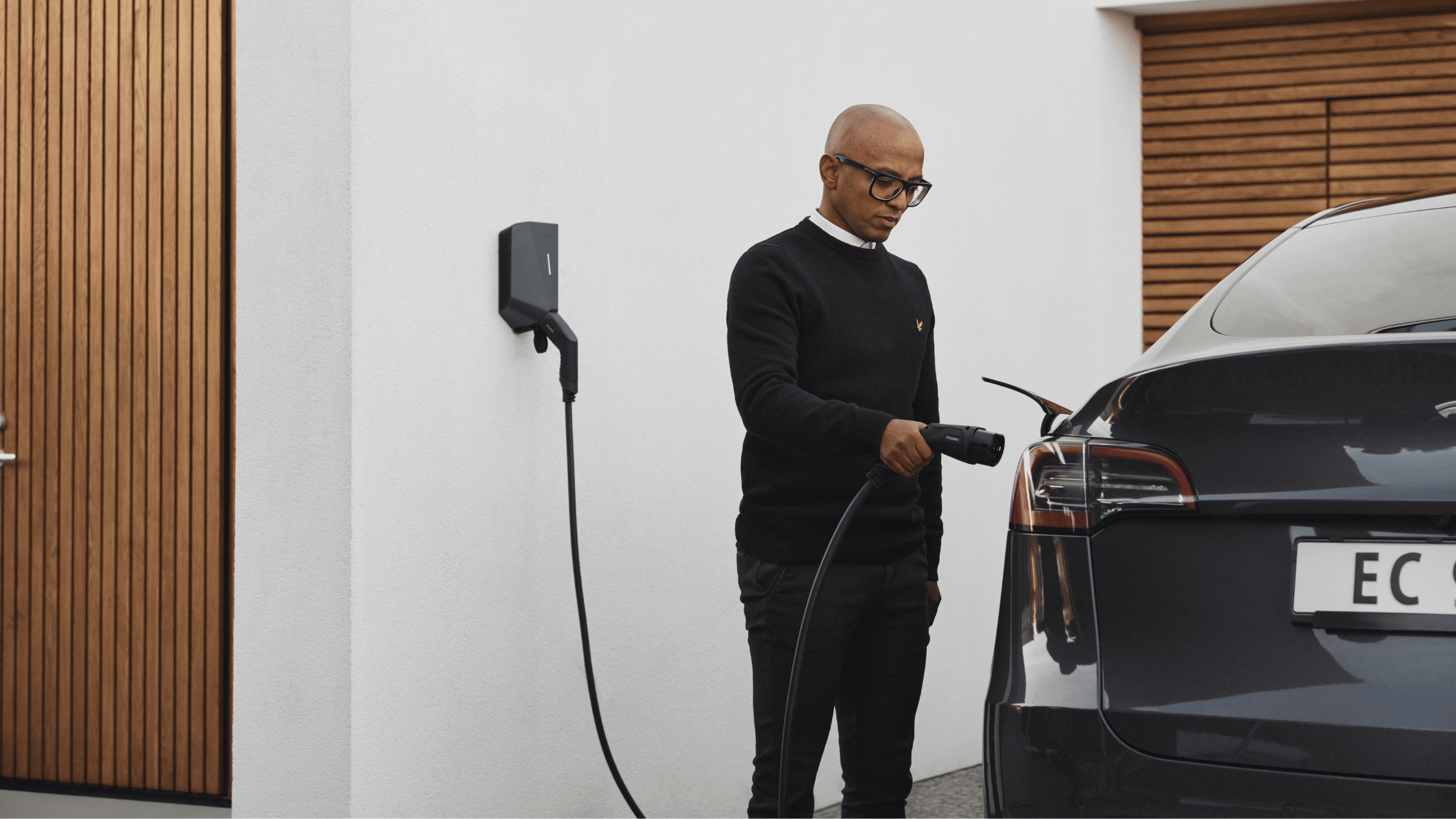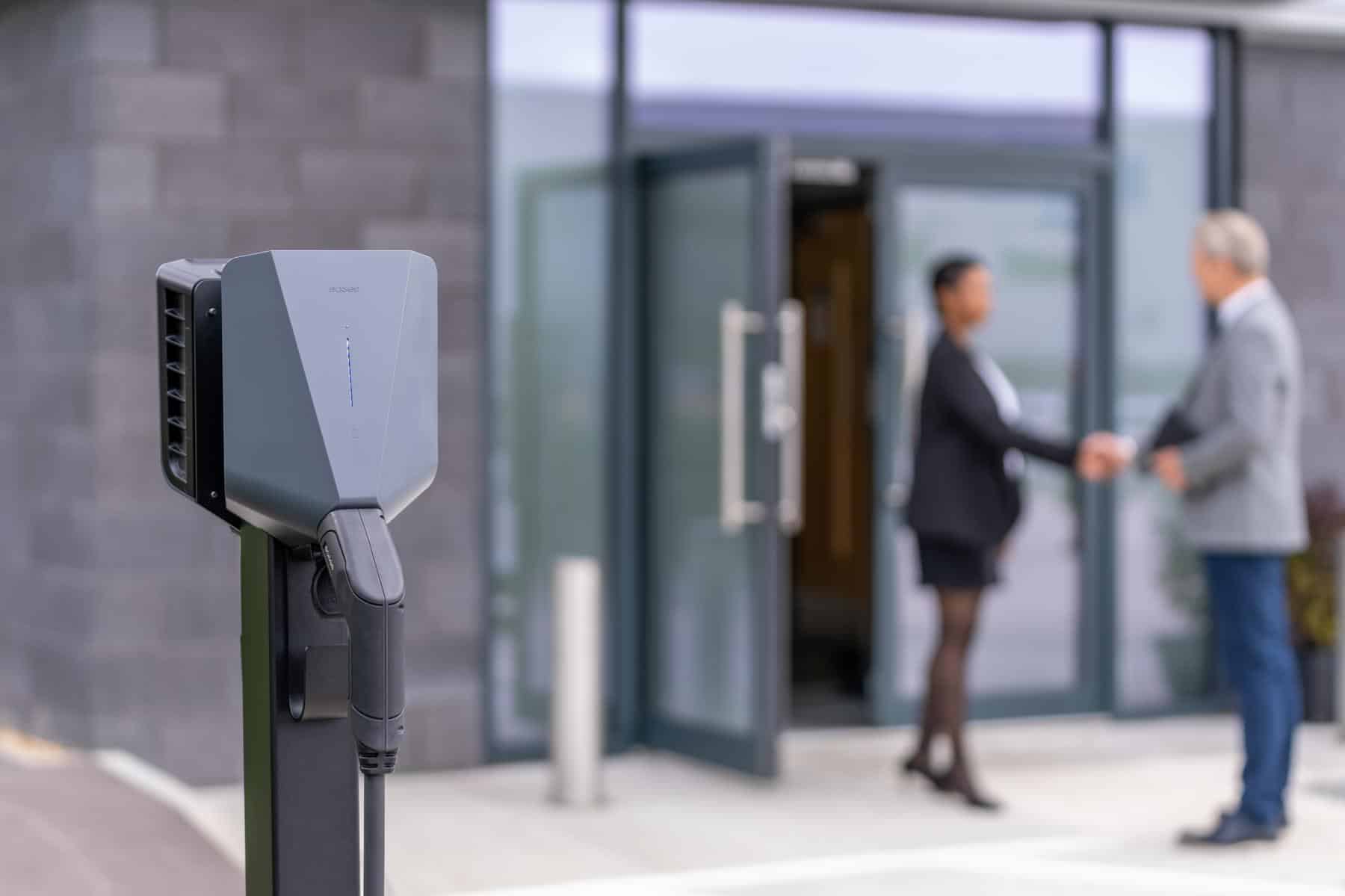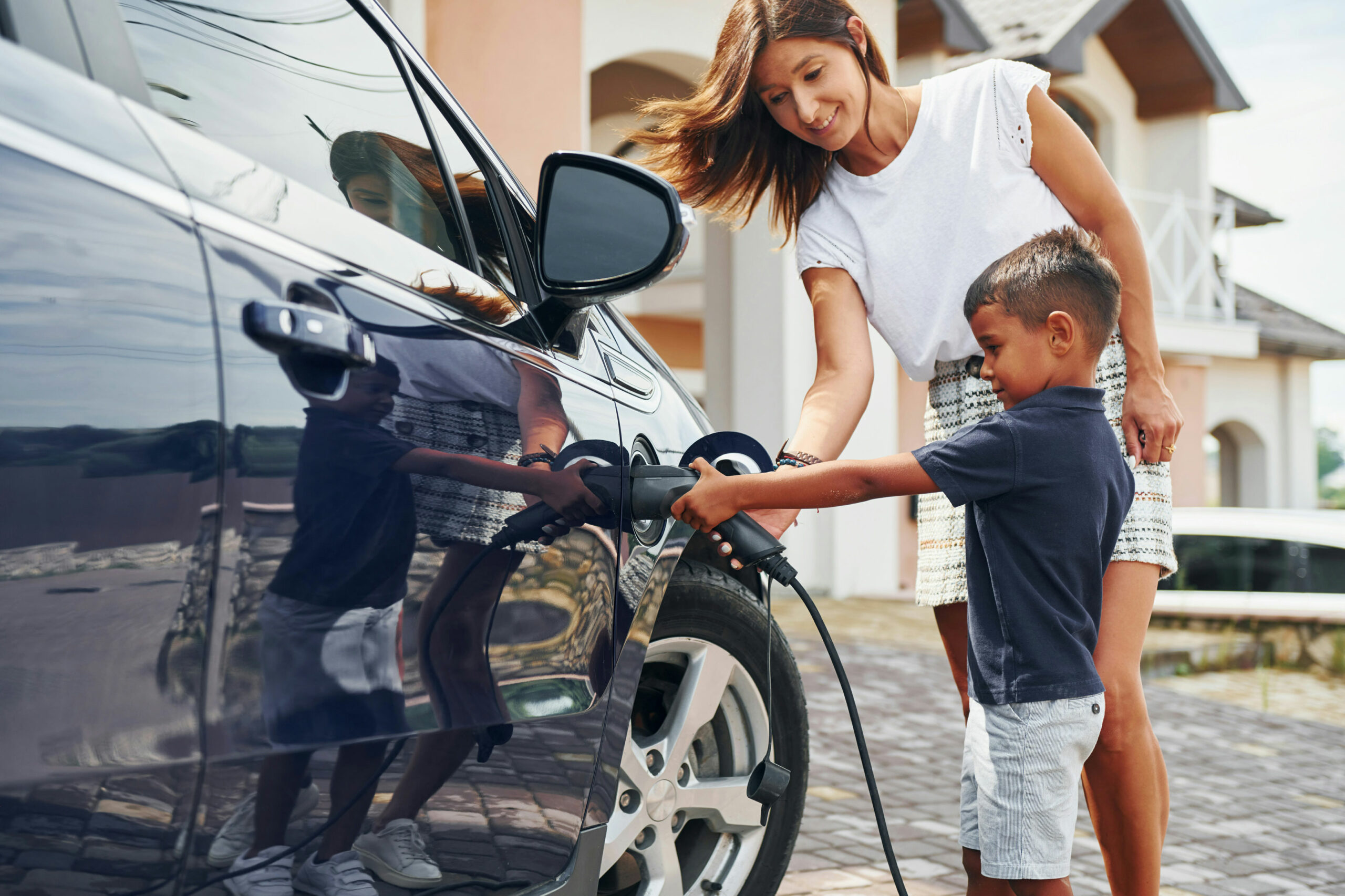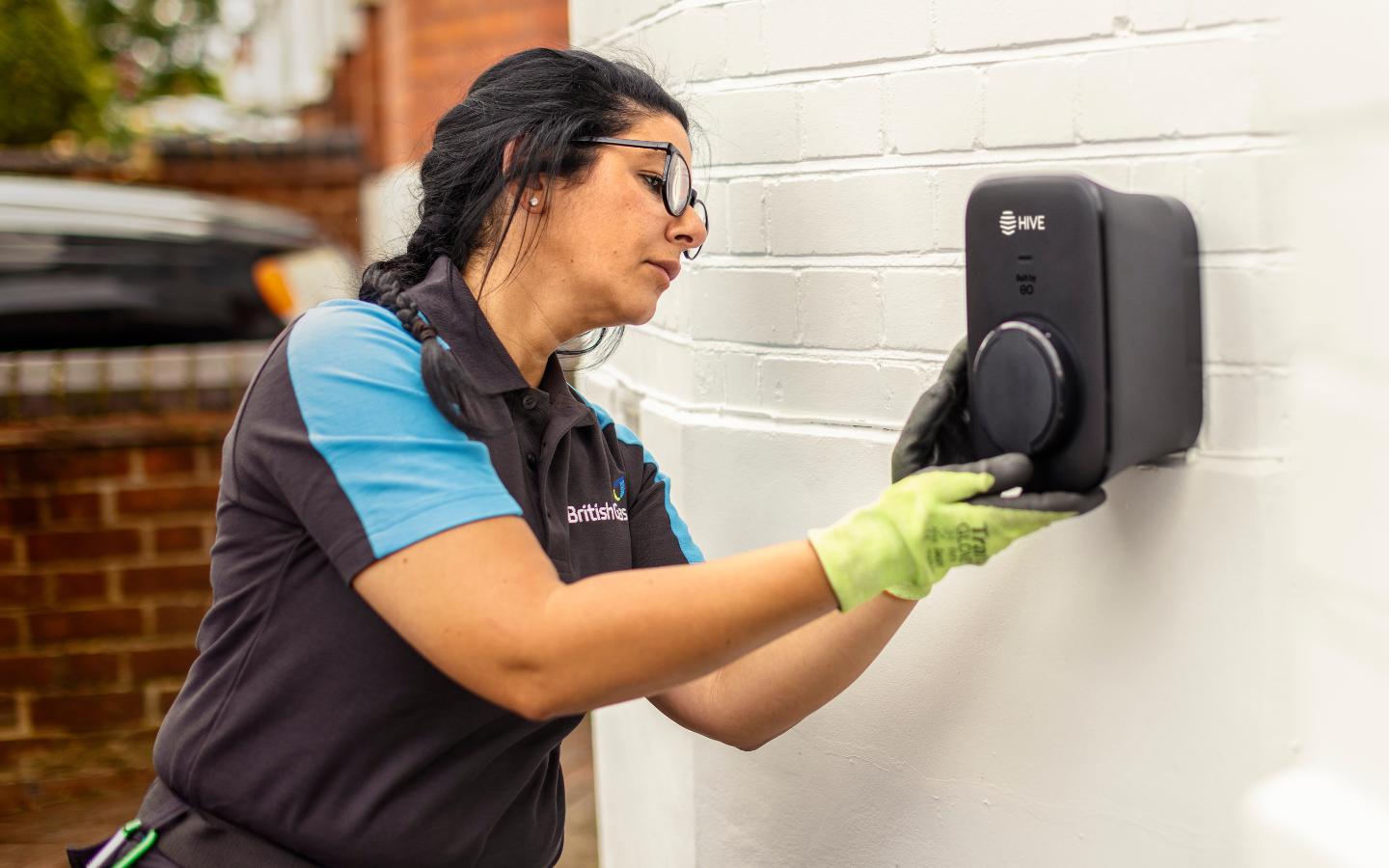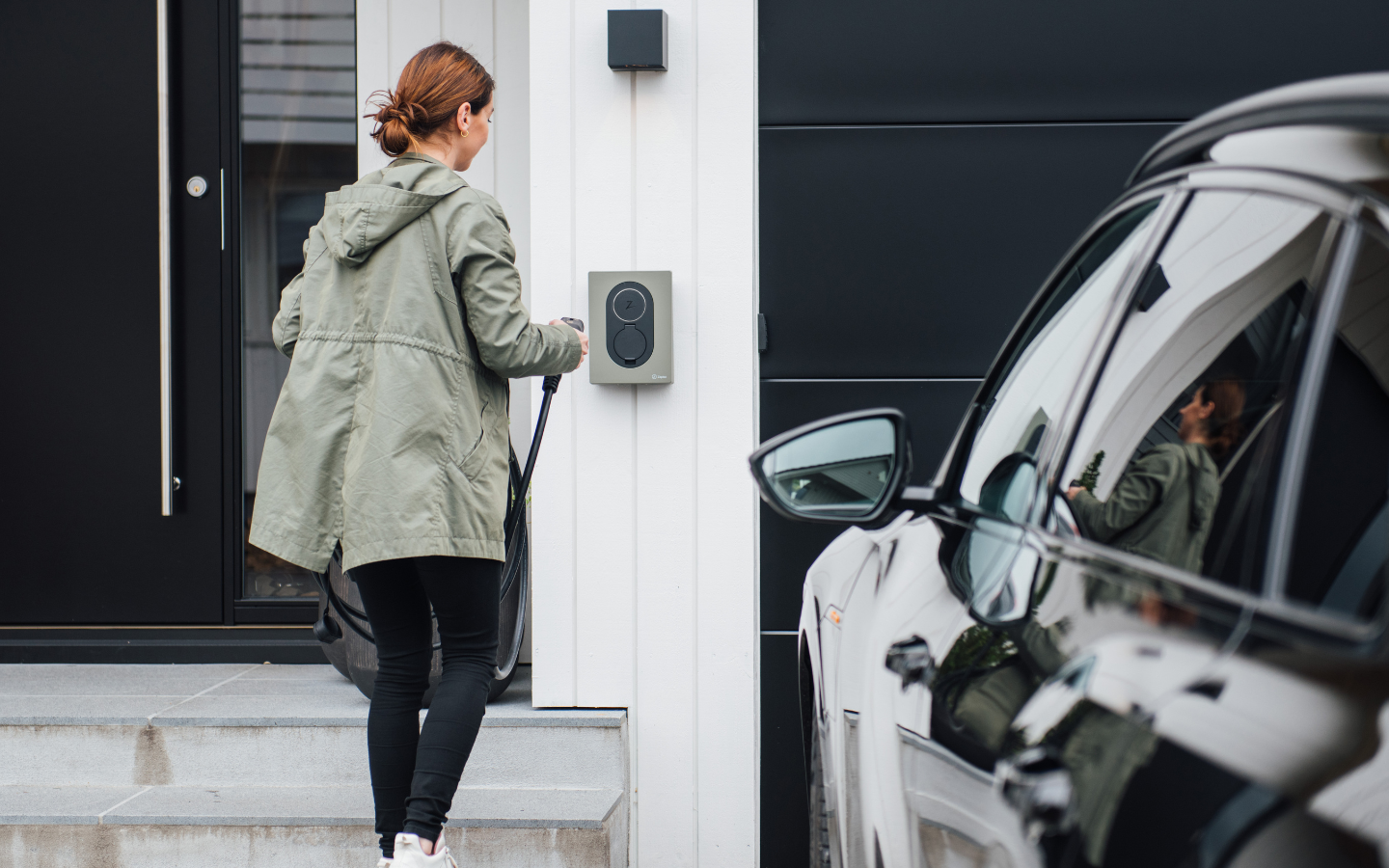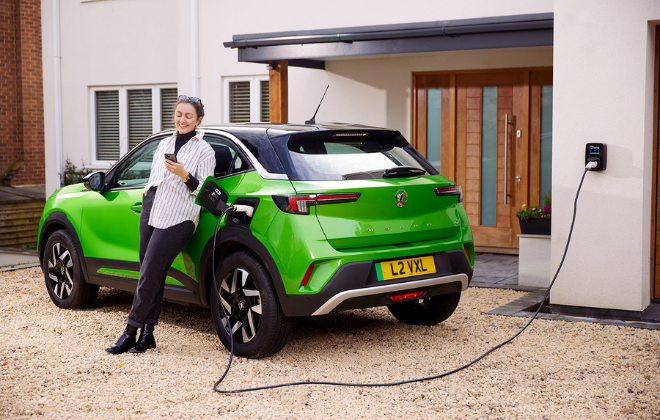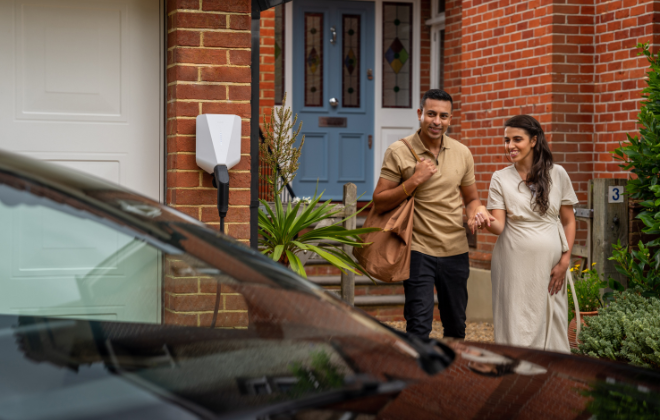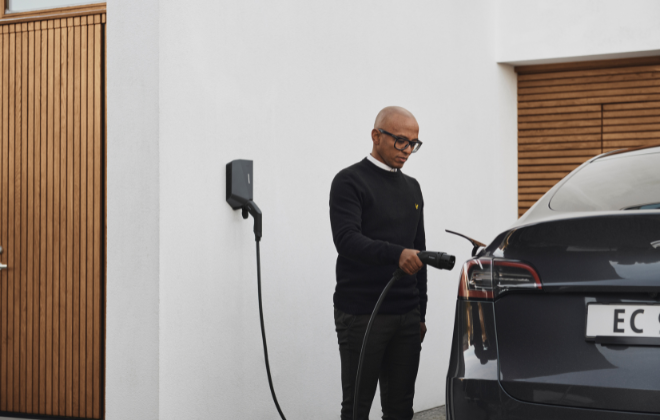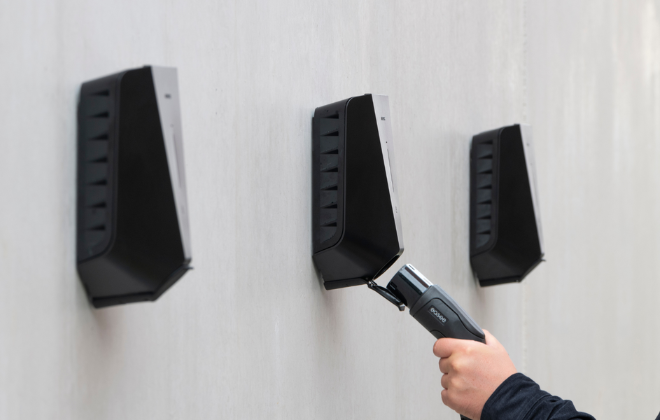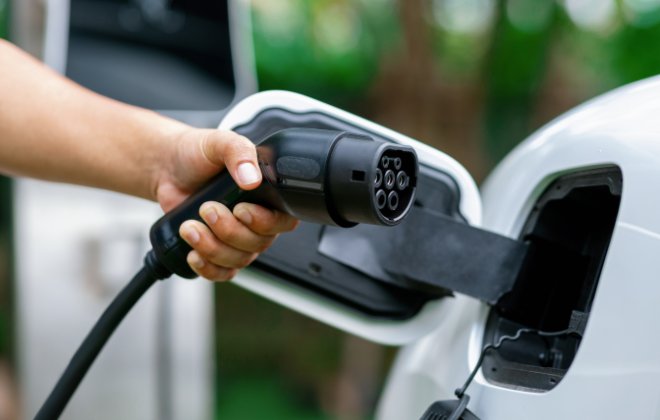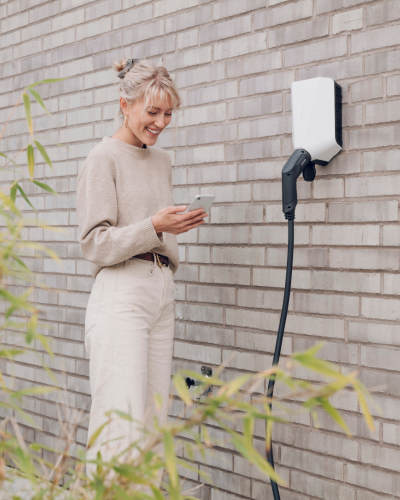
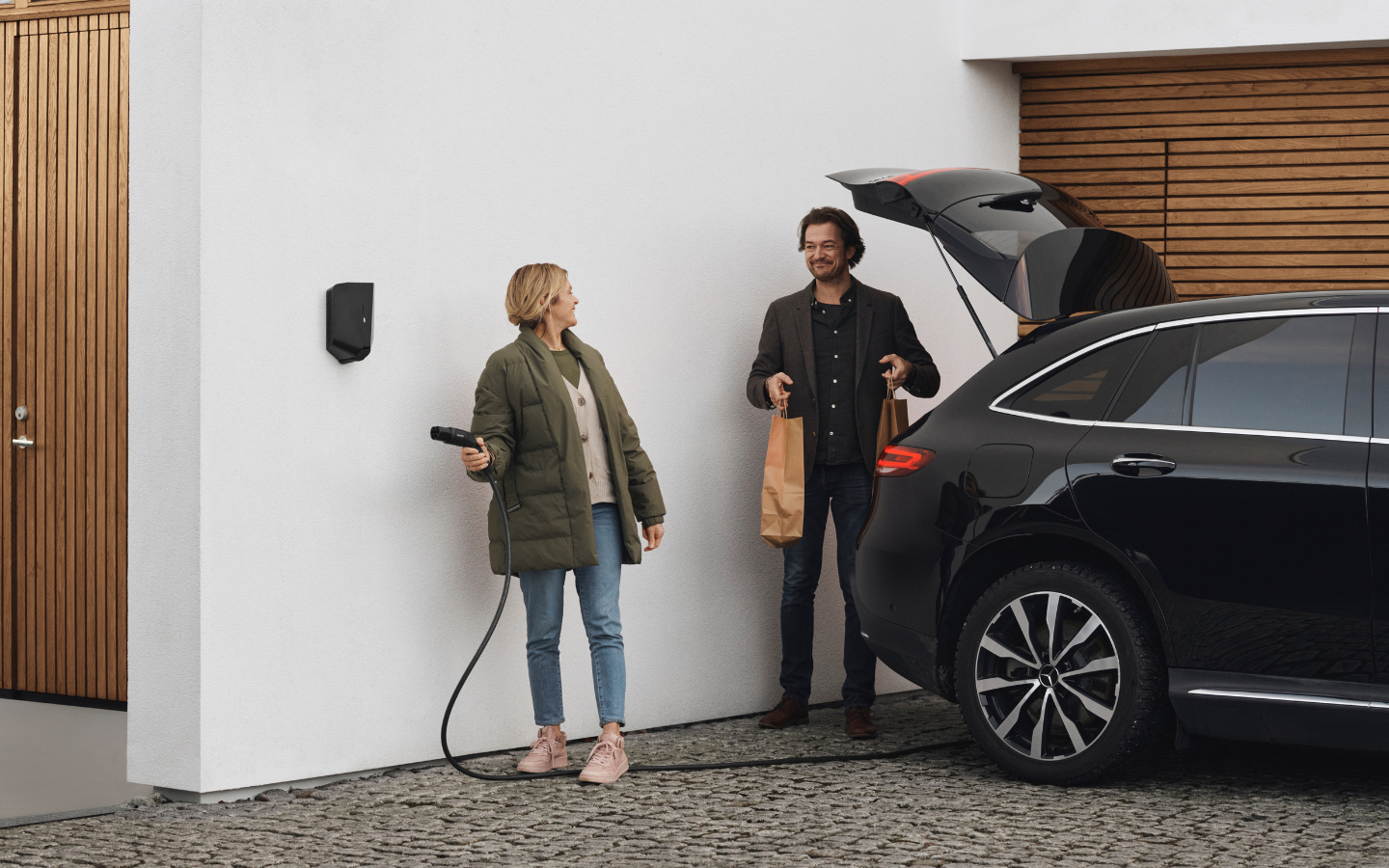
Can I bring my EV charger when I move house?
Can I bring my EV charger when I move house?
Picture this: your offer for the house of your dreams has been accepted – but wait, how will you charge your electric car at the new house? You may be thinking, can I bring my current home electric vehicle charger with me when I move house? Or will I have to purchase a new EV charger?
Don’t worry. In this article, we will take you through everything you need to know about home EV chargers and moving houses.
Can I bring my EV charger when I move house?
In short, yes, you can bring your EV charger with you when you move house – although not the electrical cabling. However, just because you can take your old electric car charging point doesn’t mean you should take it with you. In fact, you could potentially be better off investing in a brand-new EV charger instead of bringing your EV charger with you.
But there are multiple aspects to think about before making the final decision to move your EV charger to your new property – so let’s get into them.
1. The EV charger installer
The first and most crucial aspect of deciding whether or not to bring your EV charger is if a qualified installer can and will reinstall it on your new property. Some installers may not be keen on undertaking the job, so it’s best to check if they are willing to complete the work for you before the move.
One of the downsides to the removal and re-installation of your unit would be that it could impact your EV chargers’ warranty. It’s best practice to check your charger’s terms and conditions before making the final decision, as removing the unit or going with a different installer could make your warranty redundant.
One thing is for certain – do not try and remove the electric vehicle charger yourself. Attempting to remove the unit could lead to significant damage to the unit. Not only that, but there is also a high risk of injury.
We are more than happy to reinstall your charger, whether you have gone with us previously or if you are in search of qualified EV charger installers. Please get in touch with us today on 03333 44 96 99.

2. Price
How much will it cost to move a home EV charger? On the surface, one would think it would be cheaper to bring your EV charger with you. But, the cost of having your EV charger removed and then reinstalled at a new property is actually likely to be similar to if you purchased a new charger (if not more expensive).
With this in mind, working out where you would like your charger at your new house is vital. More cabling may be needed at your new property – for example, if the distance between your fuse box to your chosen EV charger location is longer than the set-up at your old property. Not to mention how additional work could incur additional fees, whether for labour or more components.
Exceptions do exist, of course. For example, if you had your EV charger installed when the previous version of the Electric Vehicle Home Charge Scheme grant was available (sometimes referred to as the OZEV grant), you will have had a £350 discount applied to the cost of your installation, meaning you may be more inclined to spend more on moving the charger to your new house.
3. Home EV charger grants
The previous version of the Electric Vehicle Homecharge Scheme came to a close in March 2022 (whereby you received a £350 grant on the cost of a home EV charger as a single-unit property homeowner). Now, it has been replaced by the overarching ‘EV Chargepoint Grant.’
This new version of the OZEV grant focuses on flat owners/occupiers, people living in rented properties, and landlords rather than single-unit homeowners. Now, if you are a single-unit property homeowner, you, unfortunately, will not be able to save £350 on installation costs unless you move to a flat or apartment.
If you are eligible for the EV Chargepoint Grant, it could be worth leaving your old EV charger and taking advantage of this new government funding and purchasing a new unit (as long as you qualify, of course).
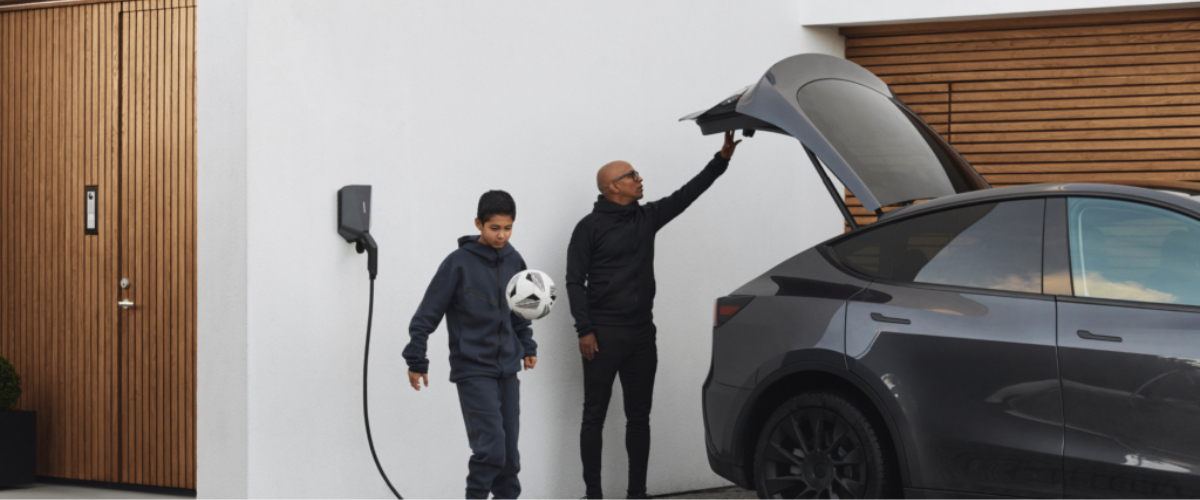
4. Permission
Typically, you do not need permission to have an electric vehicle charger installed on your property as a homeowner, but it does depend on what type of house you are moving into. If you were moving into a listed building, for example, you would need permission to reinstall/install your electric vehicle charger at that property.
Another exception is if you are moving from a house with off-street parking to a house with only on-street parking, as you won’t be able to have your old EV charger installed on your property without adding a ChargeArm. If this is the case, you will need permission from your local council to approve the installation.
Unfortunately, you would have the additional purchase of the ChargeArm on top of your EV charger installation/reinstallation, making it a more expensive move. However, it’s important to keep in mind that there are no other ways to have a dedicated home EV charger if you have on-street parking without additional infrastructure. So, without, you would have to resort to untidy and slow three-pin plug charging or using busy and expensive public rapid chargers.
5. DNO
Your DNO (Distribution Network Operator) is in charge of your electricity, but did you know that before every electric vehicle charger installation, your local DNO needs to be contacted?
And it’s no different with reinstalling your old EV charger at your new property – your local DNO would need to be contacted again.
Why? Because different houses have different electricity supplies, meaning DNO intervention could be needed at your new house before you can have your charger installed/reinstalled. For example, if you want to move a 22kW EV charger to your new home, but the house only has a single-phase electricity supply, you would require a fuse upgrade, or you would be stuck charging at 7.4kW.
Issues could also arise at your new house; for example, your electricity may have a looped supply (where your property’s electricity supply is connected to your neighbours), or you may require a fuse upgrade (since your main fuse can’t handle the electrical demand of your EV charger). If this is the case, additional work may be needed by the DNO before we can undertake your reinstallation.
6. Property Value
You may be thinking you will lose investment by having to purchase two home EV chargers – but fear not. With the new government legislation, all new build houses are required to have a home charger installed on the property, so if you are moving into a new build home, you might not have to fork out for a new charger – there may already be one (obviously, you will know this way before you exchange keys – given that you will have viewed the property).
Not only that, but the value of your old property will increase – a study by Riverdale Leasing found that a property with an electric vehicle charging point sold for 13% more than the average. So, by leaving your EV charger behind, you will be adding additional value to your old house.
7. Location
Your EV charger may be the perfect fit for your current house, but that might not be the case with your new property. For example, you may have invested in a tethered charger, but having moved to your new property, you might find that the cable is not long enough to reach your electric car.
Due to the nature of a tethered EV charger, you wouldn’t be able to replace the cabling – since the cables are permanently attached to the unit with tethered chargers. This means, unfortunately, if this were the case, you would have no other option but to invest in a new unit.
As previously mentioned, further work could also be needed depending on where you want your unit (i.e., a detached garage will require more cabling), resulting in increased costs. Again, investing in a new home charging point might be best as you can cater your requirements to the new property.
8. Smart Home Electric Vehicle Charging Regulations
With the introduction of the Smart Home Electric Vehicle Charging Regulations, all persons or businesses selling, offering, or advertising an electric vehicle charge point for sale have to comply with the new legislation that came into effect in June 2022.
A key part of the new regulations is that every EV charger sold needs to be smart, which includes the ability to schedule charging. Whilst most smart electric vehicle chargers have the charge scheduling smart feature, your current electric vehicle charger may not be regulation compliant. If you purchased your charger before the new legislation, it’s not an issue. However, you may be missing out on smart features that could help you save money.
If you are torn between investing in a new smart EV charger or keeping your old one, we would suggest investing in a new unit to ensure a safe, compliant smart charger – significant EV charging costs can be saved too.
9. EV charger aesthetic
This last point is hardly a be-all and end-all, but if the look of your house is important to you, this could be a deciding factor.
Your old electric vehicle charger may not fit the aesthetic of your new house – it may be too large or a mismatched colour – or you may not like the tethered look on the side of your new house. With this in mind, you might want to invest in a new electric vehicle charger that compliments your new property’s style.
Certain advanced home EV chargers, such as the Easee One, offer more flexibility with their design by offering an interchangeable front cover. The Easee offers five sleek cover colours, so you can easily swap the cover to ensure your Easee matches your new abode. But make sure you are happy with the thought of your EV charger at your new home.
10. Wi-Fi connection
An important aspect of any home electric car charger installation is whether or not your property has either a stable Wi-Fi or 4G connection. Make sure to check your new house has a stable Wi-Fi or 4G connection; otherwise, your EV charger will not be able to work.
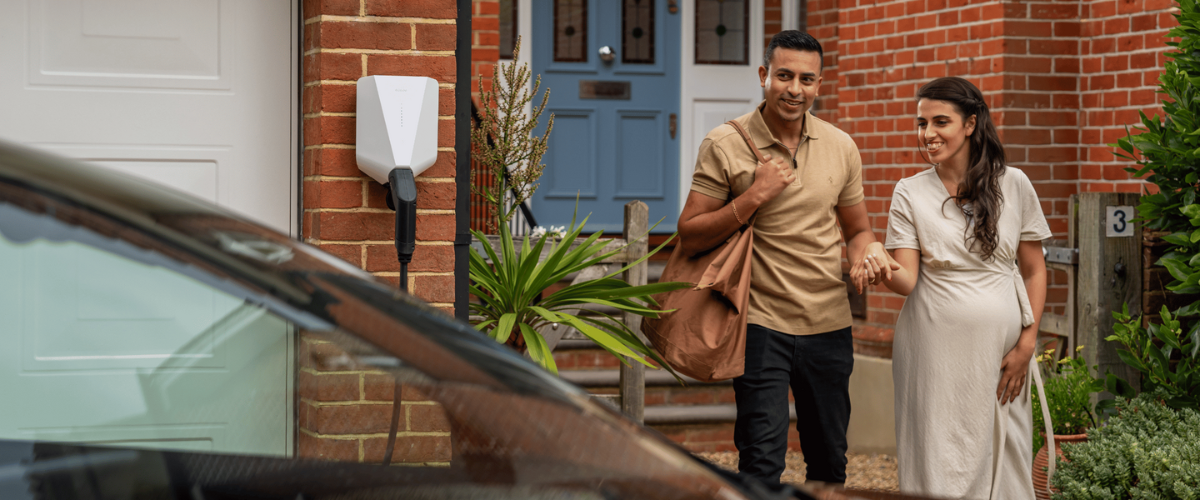
Summary:
- It is possible to bring your EV charger with you when you move house; however, the cost is similar to purchasing a brand-new charger. A number of factors must therefore be considered when making the decision to bring your EV charger with you to your new house, including – the installer, price, grants, permission, DNO approval, property value, location, Smart Electric Vehicle Charging regulations, electric car charger aesthetics and connectivity.
If you prefer to watch than read, check out our video on this topic.
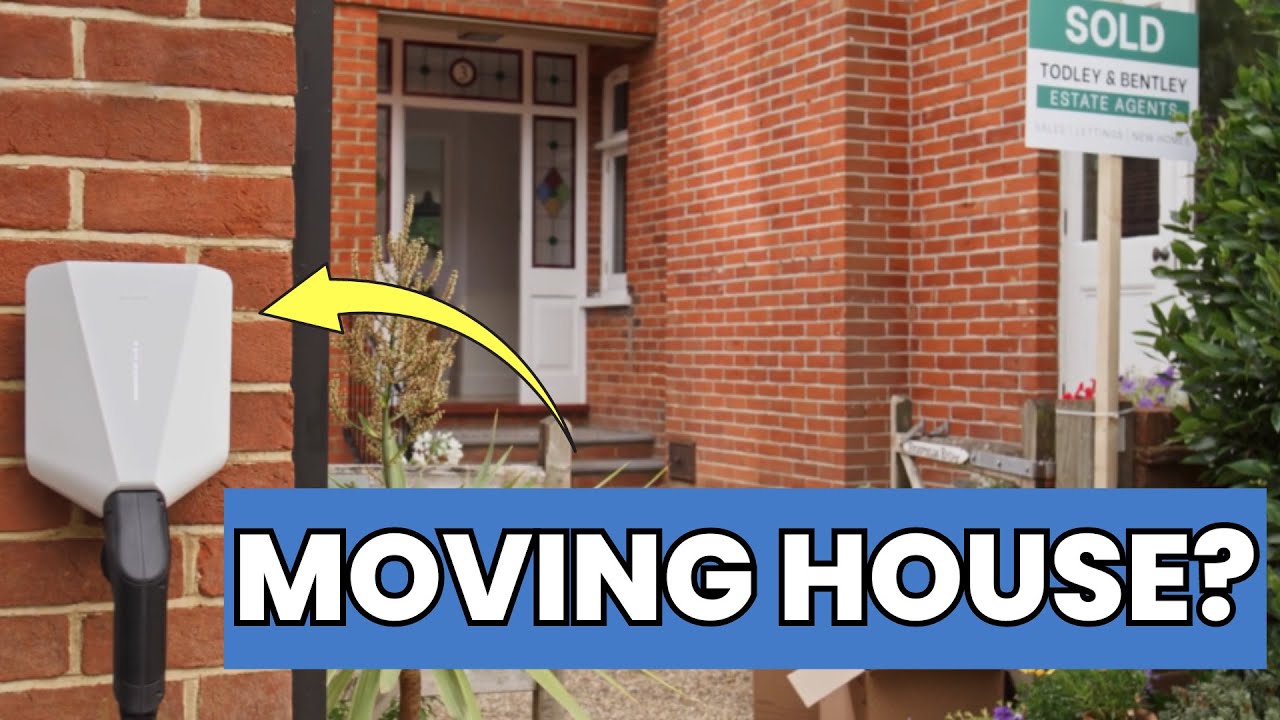
Are you looking to get a home EV charger installed or reinstalled? We Power Your Car can help.
If you are thinking about getting an EV home charger installed, or are planning to move house and need your charger relocating, click below to get your free quote, or contact us for more information or any queries you may have.
For more information and our latest updates, follow us on Facebook, Instagram, Twitter, LinkedIn and YouTube.
Related articles_
Stay up to date on the latest from We Power Your Car_
I consent to receive newsletters from We Power Your Car. Please see our Privacy Policy
